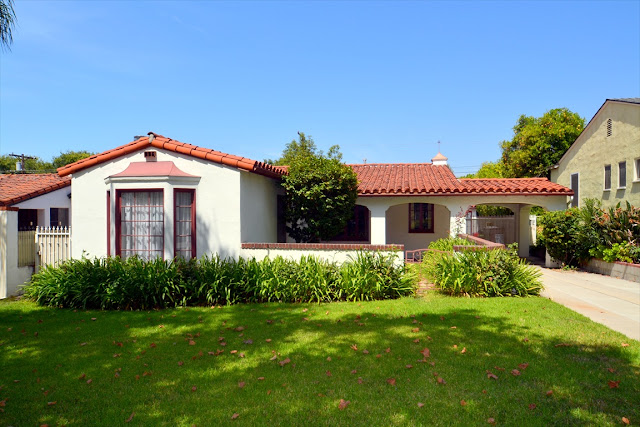Heritage And Urban DESIGN (The Future of The Past) Page 3
Due to the modern-day capacity and ability of Capital to switch locations, all cities - with the exception of 'global Cities' which are decision Centres - have become interchangeable entities to be played off against one another from positions of comparative weakness for the investment of capital. In this situation, the task of urban governance has become the creation of Urban conditions attractive to lure investments.
In many places, there has been a shift in the attitudes of urban government from a managerial approach to entrepreneurialism. This entrepreneurial stance views the city as a product that needs to be marketed. This marketing approach, and the emphasis on restructuring the city so it appeals to businesses, has led to the dominance of economic interest in the decision-making process of urban planning. 'Urban regeneration' has become a growth industry in itself as a variety of options have opened up to rebuild Cities...derelict industrial sites have been converted to heritage parks, old canals have become housing or shopping areas, warehouse conversions have become something "chic" to live in.
Uses of urban design fitting into their development prospects involve redevelopment, renewal, reconstruction and revitalisation of urban space. Larger cities in economic decay, such as port Cities and old industrial Centres, have often considered reconstruction, redevelopment, renewal and revitalisation of historic centres, or declining urban areas or waterfronts, etc; as a top priority in the hierarchy of their actions to restructure the local economy. One example could be taken of Liverpool and the redevelopment of the city's docks in the 1980’s as well as Rotterdam and the waterfront redevelopment of kop Van Zuid in the 1990’s. In both cases, redesigning of urban space was focused on adding to the architectural heritage and producing at the same time new space for flourishing economic activities and lively uses such as Cultural, leisure, housing and Commerce.
(Continues...)




Comments
Post a Comment